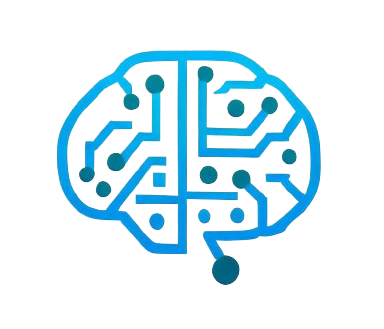Studying the relationship between the genetic makeup of crops and their environmental interactions has seen significant progress with the implementation of automated, high-throughput methods within controlled greenhouse settings. The handling of the voluminous data produced proves to be a complicated task and the sharing of this valuable information is often limited due to the high costs and specialized nature involved.
 Existing protocols for data management, such as MIAPPE and FAIR, still face hurdles when it comes to their use in machine learning (ML) scenarios. The primary issue lies in the necessity for extensive collections of high-quality, annotated data. A reluctance to share this data exists among different parties, often due to worries surrounding intellectual property rights, which in turn slows down advancements in the field.
Existing protocols for data management, such as MIAPPE and FAIR, still face hurdles when it comes to their use in machine learning (ML) scenarios. The primary issue lies in the necessity for extensive collections of high-quality, annotated data. A reluctance to share this data exists among different parties, often due to worries surrounding intellectual property rights, which in turn slows down advancements in the field.
In July 2023, the publication Plant Phenomics included a commentary titled “Exploring the Potential of Distributed Ledgers to Address the Labeling Needs for Agricultural Machine Learning.” The article advocates for a more cooperative strategy concerning data management and the training of AI models for crop phenotyping. It suggests the adoption of blockchain technology paired with smart contracts to address the obstacles currently faced.
The system grapples with inconsistent methods of data collection and analysis, risks to intellectual property claims, potential for data misuse, and a lack of uniformity in data. Although standards like MIAPPE or ISA-TAB can mitigate some concerns, issues regarding data security, potential exploitation, and insufficient rewards for data sharing remain.
The system put forward proposed to utilize blockchain technology, recognized for its secure and transparent data-sharing characteristics, accompanied by reward systems to motivate stakeholders to take part. This system built upon blockchain not only proposes potential monetary gains but also encourages cooperation and digital administration within a flexible, interoperable, and decentralized framework. It foresees a cooperative space where roles such as data contributors, users, managers, and AI/ML algorithm developers are actively involved.
To prevent the dominance of single entities and promote variety, the plan recommends several interoperable trading platforms, providing choices to the stakeholders while still allowing them access to the complete network. This strategy further introduces digital governance procedures, reducing reliance on middlemen and offering an unbiased platform for all involved. The strategy also recognizes potential issues such as data privacy, incorporation with existing systems, legal adherence, and the creation of systems for the exchange between digital tokens and traditional currency.
With specific regard to agriculture, this proposed framework could lead to groundbreaking changes in how data is gathered and utilized, particularly in predicting crop diseases and estimating yields. Farmers could benefit from participating as both contributors and beneficiaries of the data, enhancing the accuracy of ML algorithms. Such an improvement would refine the reliability of agricultural predictions and decision-making, boosting crop management and yield.
